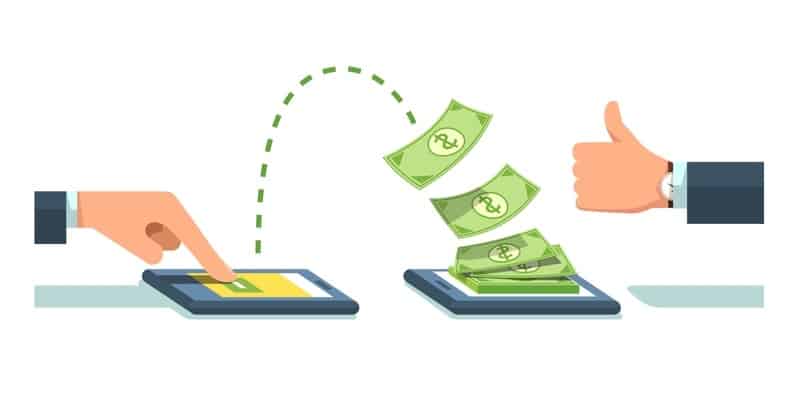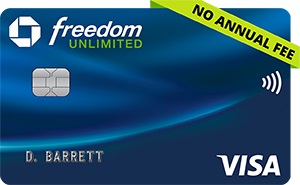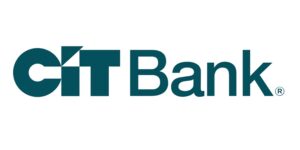
From time-to-time, I’m sure most of you stumble across the “Wire Transfer” feature in your online/mobile banking platform. A Wire transfer is a convenient way for people to send money to other individuals or companies, with funds available in typically two days or less (even if the money is sent international).
Ways that wire transfers can be useful is when you either need to pay a bill, make a large down payment or send cash to friends. However, a typical outgoing fee is $25 per transfer within the U.S. If you’re interested in learning how to wire transfer fees between your personal accounts, be sure to read on!
 |
 |
Typical Wire Transfer Fees
Here are the median wire transfer fees from financial institutions
- Domestic Incoming: $13
- Domestic Outgoing: $25
- International Incoming: $13
- International Outgoing: $45
Many banks, including Chase and Wells Fargo, charge fees both for sending wire transfers (outgoing) and receiving them (incoming).
Wire Transfer Fees by Bank
We have gathered up the wire transfer fees charged by 10 major banks in the U.S. However, before switching to a new bank, consider whether the account and banking solution fits your needs the best. In addition to wire transfer fees, also consider foreign transactions and minimum balance requirements.
| Financial Institutions | Incoming Domestic Wire | Outgoing Domestic Wire | Incoming International Wire | Outgoing International Wire |
|---|---|---|---|---|
| Bank of America | $15 | $30 | $16 | $35 sent in foreign currency; $45 sent in U.S. dollars |
| Capital One 360 | $0 | $40 | $0 | N/A |
| Chase Bank | $15 | $25 | $15 | $40 |
| Citibank | $15 | $25 | $15 | $40 |
| Fidelity Bank | $0 | $0 | $0 | 3% of amount in foreign currency; $0 sent in U.S. dollars |
| HSBC Bank | $15 | $35 | $15 | $35 |
| PNC Bank | $15 | $30 | $15 | $45 |
| USAA | $0 | $20 | $0 | $45 |
| U.S. Bank | $0 | $20 | $0 | $50 |
| Wells Fargo | $15 | $30 | $16 | $35 in foreign currency; $45 in U.S. dollars |
Wire Transfer Types
- Bank-to-bank transfers: You will need your account information and the recipient’s bank account number and wire transfer routing number
- Electronic payment processors: This is your PayPal, Venmo, Google Wallet apps, etc. All you have to do is set up an account and link your credit card or bank account to it to begin sending money. This method typically takes upwards of 1-2 business days.
- Location-based facilities: Utilize this if you plan to stop by a wire transfer facility like Wester Union or local Walmart stores. Sending a wire means visiting these facilities and filling out the form before handing the teller how much cash you need forwarded.
How to Reduce Wire Transfer Fees
- Recurring Wires: Some financial institutions, like Wells Fargo, let you send a recurring wire transfer for a few dollars less per transfer. To save money on recurring transfers, though, using your bank’s bill pay or other transfer service is a better and cheaper option unless the transfer amount exceeds the maximum allowed by your bank. Wire transfers can handle larger amounts.
- Transfers sent in foreign currency: Some banks offer lower fees if you let them convert U.S. dollars into a foreign currency before transferring the funds rather than simply sending U.S. dollars abroad.
- Initiation the Wire Transfer: Doing a wire by yourself online tends to be the cheapest way to wire money. Requesting the transfer at a branch or on the phone can add $10 or more to your fee. Chase, for instance, charges $35 for domestic wire transfers set up for you by a banker and $25 for the same transfer if you do it yourself online.
Domestic vs. International Fees
Domestic differs from international fee in that transfers from domestic tends to be cheaper and faster, since they can be completed through one payment system, such as that provided by the Federal Reserve.
However, international bank transfers would involve more parties, including a U.S. bank, a foreign bank and wire processing systems in both countries.
Conclusion
Ultimately, banks offers offer a fast and easy, while secure way to complete wire transfers between friends, family and merchants. However, without doing proper research, you can be getting a higher transfer fee on top of weak exchange rates. With the list compiled above, you are able to get the best service while expecting a potential lower rate than what you are currently receiving.
If you are looking for a better banking solution in getting the lowest cost possible, be sure to follow the tips we have provided. Of course, at the end of the day, saving money is definitely the goal. With that said, definitely check out our list of Bank Bonuses, Referral Bonuses, Bank Rates as well as our CD Rates for all your banking needs.
 The Chase Freedom Unlimited® Card offers a $250 bonus after spending $500 on purchases in your first 3 months from account opening. Enjoy 0% Intro APR for 15 months from account opening on purchases and balance transfers, then a variable APR. In addition, you can earn: • 6.5% cash back on travel purchased through Chase TravelSM, our premier rewards program that lets you redeem rewards for cash back, travel, gift cards and more • 4.5% cash back on drugstore purchases and dining at restaurants, including takeout and eligible delivery service • 3% on all other purchases (on up to $20,000 spent in the first year). After your first year or $20,000 spent, enjoy 5% cash back on travel purchased through Chase TravelSM, 3% cash back on drugstore purchases and dining at restaurants, including takeout and eligible delivery service, and unlimited 1.5% cash back on all other purchases. There is no minimum to redeem for cash back & your cash back rewards do not expire as long as your account is open. This card comes with no annual fee and you'll get a free credit score that is updated weekly with Credit JourneySM. Member FDIC |



